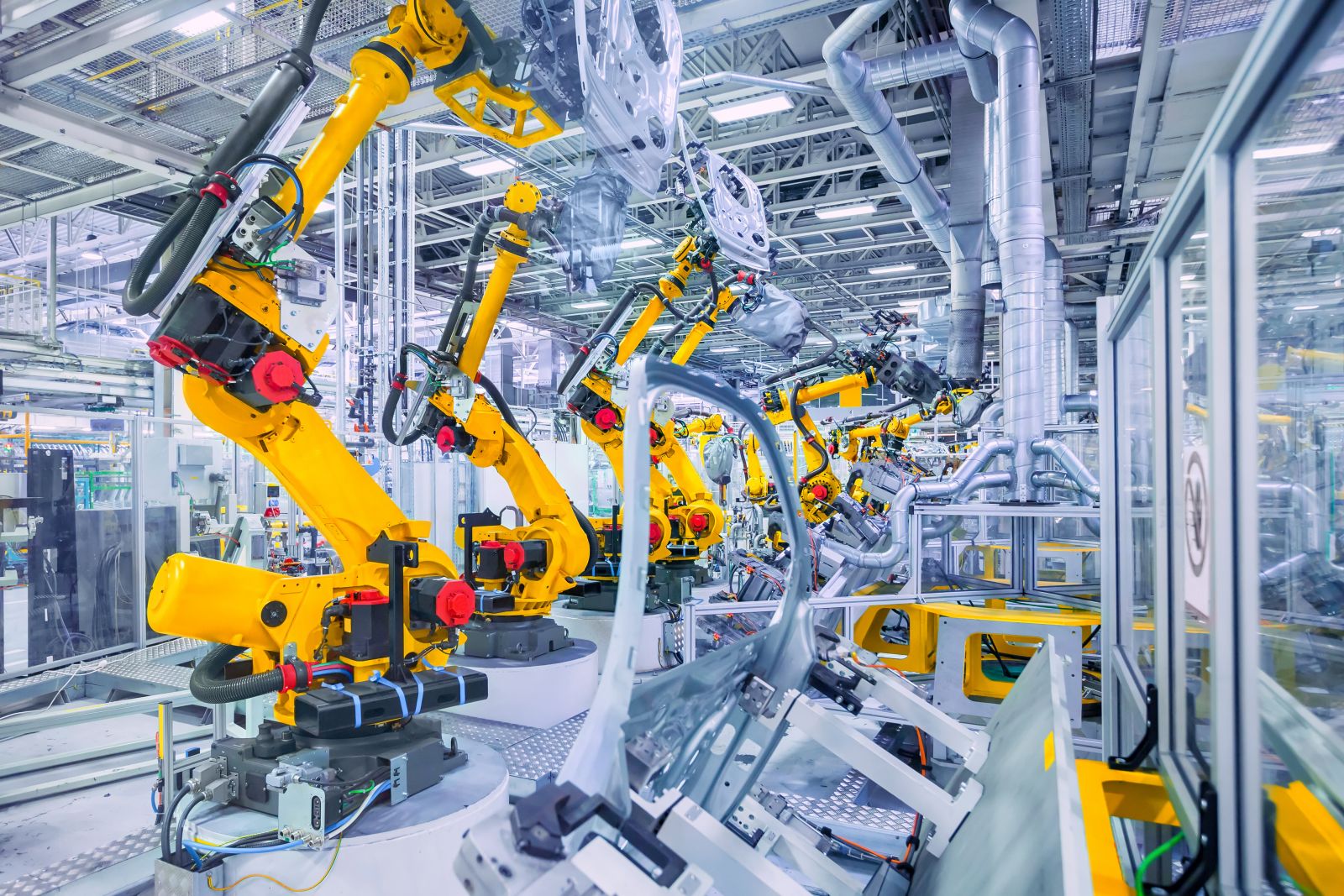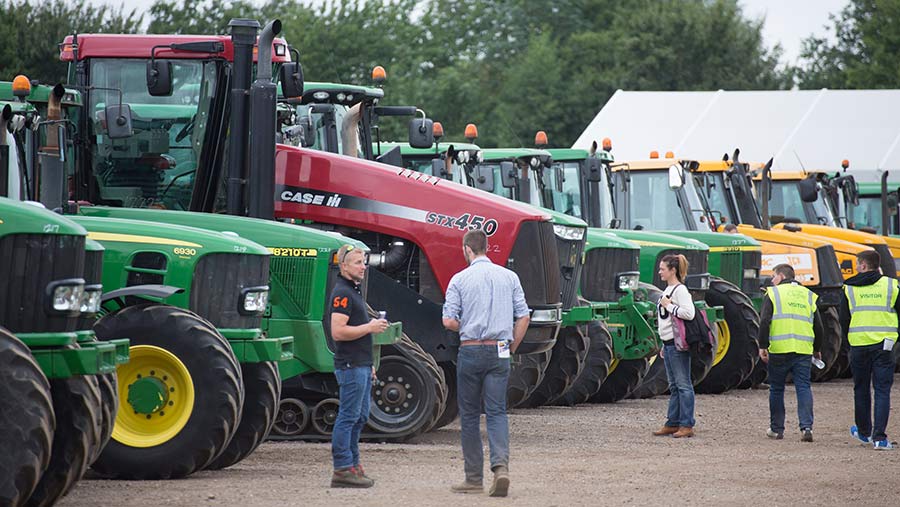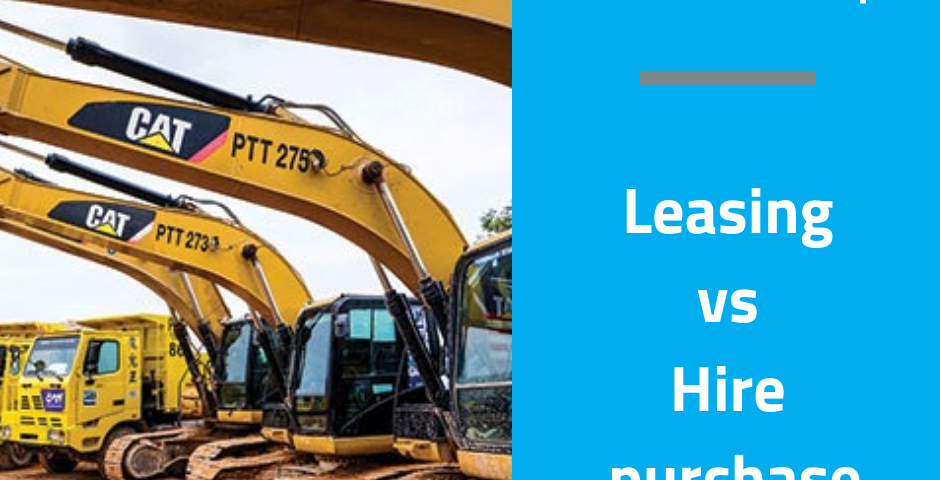Importance of asset finance for start-up businesses

LUV facilitates clients delivery of milestone 50th tanker
21st January 2019
How can Haulage & HGV asset finance benefit your business?
18th February 2019For any new business to grow and progress, at some point, you’ll need to invest in new assets. Assets can be in the form of machinery, computer systems, software, vehicles, tools… almost anything.
When it comes to the point that you inevitably need to purchase any new equipment to facilitate your expansion, you’ll most likely take a look wide-eyed at the price tag trying to figure out how you can afford a large one-off payment to own the asset outright. This method of purchase, for the vast majority of businesses, isn’t beneficial to calculated business growth relating to finances.
Thankfully, asset financing schemes can make the payments of assets much more manageable. Asset finance schemes like leasing or hire purchase reduce the impact on business cash flow, separating payments into customizable regular chunks that regulate your finances as you grow.

Asset leasing?
Asset leasing is simply paying for your asset monthly while you use it at a fixed price over an established period of time. You won’t require a deposit, and you don’t own the asset at the termination of the leasing period.
One of the main advantages to leasing, besides the regular affordable payments, is the ability to renew your equipment regularly to stay up to date with the latest and greatest, which can really improve the quality or output of your services.
If after a couple of years, the asset you have been leasing no longer meets the demands of your business, you can simply upgrade to a new asset at the same monthly rate or slightly more expensive if you’ve (hopefully) gained more capital.
Some leasing agreements also offer a full-service package which can include repairs and replacements, saving you money and time when things go wrong as the leaser will have responsibility for the asset’s upkeep.

Asset hire purchase?
Asset hire purchase is similar to asset leasing in relation to the monthly payments, however, the main difference is that at the end of the purchasing contract you own the asset outright. A deposit will most likely need to be paid which, generally, is around 10-20% of the value of the assets.
An advantage of asset hire purchase if you’re wanting to own your asset outright at the end of your purchasing contract is that you won’t need to take out a loan, overdraft or borrow money from connections to pay for the lump sum of an asset; you’ll be able to pay it off in affordable monthly payments until you eventually own the asset, and then you can choose to carry on using the asset or sell it.
Finance charges for assets are tax deductible which effectively means that the tax man is financing some of the assets for you.

Variables in charges:
There are a few variables which affect the cost of the monthly charge for leasing and hire purchase and will be checked by the lender to establish whether you are right for asset finance. These checks may include:
The eligibility and variations on charges for the asset you want to purchase will depend on a few different variables. These variables will be checked by your asset financing company, and at LUV we’re confident we can provide you with the best funding lines in the industry – variables:
- The type of asset you are purchasing/leasing.
- The value of the asset after the contract is fulfilled (residual value).
- The deposit amount.
- The contract length.
- Your companies credit score.
Generally, the cost difference between hire purchase and leasing is difficult to assess without knowing the above information. You may find that a lease could be more or less expensive than hire purchase as leasing largely depends on the residual value of the asset after the contract ends.


